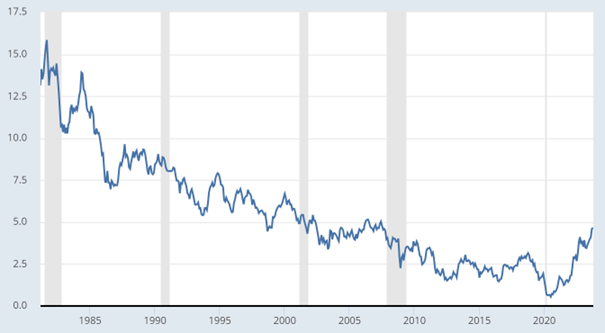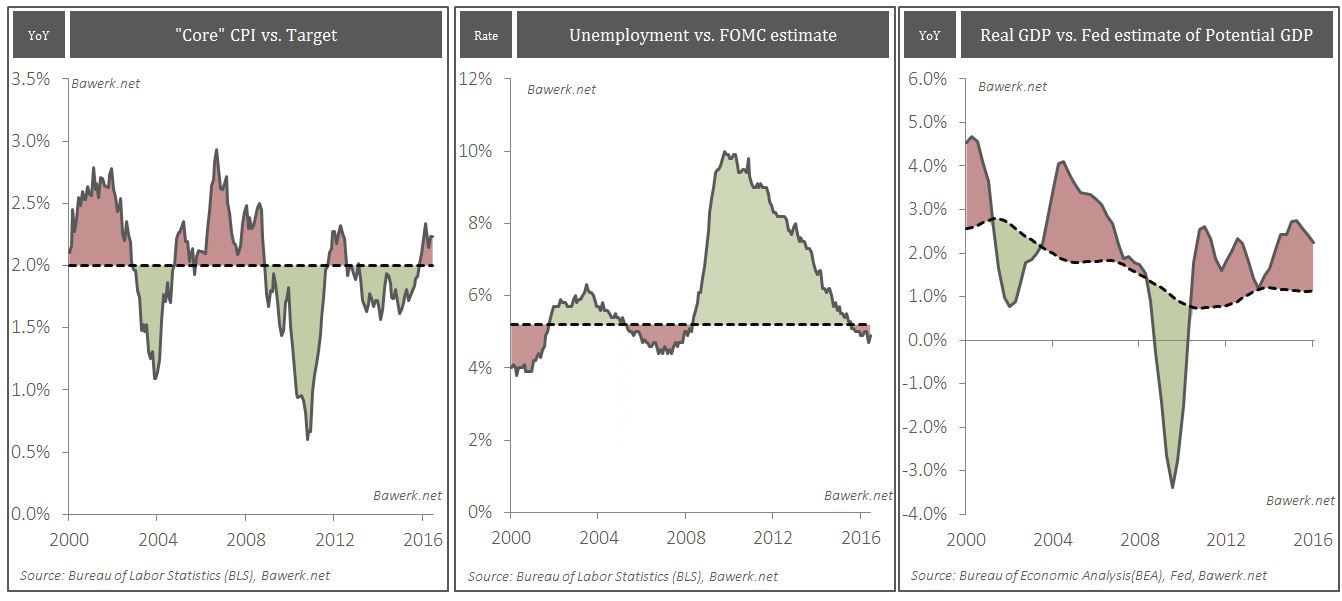In the ten years since the first iteration of the European Stability Mechanism (ESM) emerged, its status has changed markedly. Initially, it was just a clever example of financial engineering deployed by the ECB to enable certain EU member states to be bailed out without imposing the costs directly on the better off countries of Europe.

It was initially termed the European Financial Stability Facility (EFSF), and came to prominence with its role in the January 2011 bailout of Ireland and the July 2011 bailout of Greece. Its terminology as ‘temporary’ and its supposedly strict lending limits are indicative of the sense of embarrassment prevalent among EU and ECB senior officials that its establishment was necessary.
But now things have changed. In December 2018, the ESM was conferred with three new powers:
• As the backstop to the Single Resolution Fund (SRF) it will play a key role in future bank rescues;
• Should future member states require sovereign bailouts, the ESM will be involved in shaping and monitoring the accompanying programmes;
• A broader array of ‘tools’ was authorised to enable it to carry out the above two functions.
The ESM is thus presented as core to the future vision of the smooth financial functioning of Europe once banking and capital markets union are complete and the common pan-Europe bank deposit insurance scheme (EDIS) has been formed. This vision entails one single EU Finance Regulator which, via the Single Supervisory Mechanism (SSM) will ensure the orderly resolution of troubled banks. Such resolution could either be a winding up after bailing in of creditors or, if any such bank is able to present credible restructuring plans, a recapitalisation with funds provided by the ESM. Accordingly, now based in Luxembourg, the ESM is a permanent institution employing 155 staff, with a paid in capital of euros 80 billion and authorised to lend euros 700 billion.
The following statement about its purpose appears on its website. ESM was established:
“ to help euro area countries in severe financial distress…During Europe’s sovereign debt crisis, the ESM and the EFSF helped to hold the euro together. They lent money to Greece, Ireland, Portugal Spain and Cyprus. Without this help some of these countries would have needed to leave the euro.”
It is clear that the primary original function of the ESM and its forbears (there was a second cousin called European Financial Stabilisation Mechanism) was originally to save the euro from fragmenting.
The styling and messages of the ESM’s continuing purpose imply two main future functions (published material downplays the risk of sovereign rescues):
1) Managing its outstanding debt of euros 90 billion[1] ; it is “one of the largest issuers of euro denominated debt in the world”;
2) Its potential to provide refinancing to banks in difficulty.
a) Recapitalisation Backstop for the ECB.
In July 2011, it would have been politically very difficult for the ECB to have directly bailed out Greece. Instead, a synthetic securitisation was arranged in which the EFSF played the key role of intermediary “Special Purpose Vehicle”. EFSF crucially purchased what were regarded by the markets as toxic Greek bonds not at market values (a few cents on the euro) but at full par value. Supported by unfunded guarantees of the then 17 euro-area member states (Latvia and Lithuania were not then eurozone members), EFSF was awarded the highest quality AAA ratings by the major ratings agencies and was thus able to issue bonds at the lowest possible interest rates. Note that of the total of euros 440 billion of guarantee pledges, 228 billion was pledged by Greece, Ireland, Portugal, Spain, Italy and Cyprus. This bailout of the ECB was further facilitated by a rather relaxed approach to accounting valuations. All assets were declared to be purchased at ‘fair’ par values because the actual existence of this synthetic securitisation arrangement between the ECB and EFSF succeeded in preventing any sovereign defaults and therefore, the argument ran, there was no risk of any ‘credit event’, a term which the rating agencies then started to substitute for ‘default’.
Also worthy of note as the EFSF grew and morphed into ESM, was the relaxing of sovereign bailout conditions. The support advanced to Greece by the ECB in 2010 was at a penalty interest rate of 5.5%, however the EFSF disbursed funds a year later at a rate of 3.5%. ECB funding had been conditional on the assets it purchased carrying investment grade ratings from two major agencies, but all collateral quality rules were waived by EFSF, and the previously applied overcollateralization conditions were also dropped. Put differently, collateral to the value of 110 percent of the refinancing funds sought used to be required; this was lowered to 100%.
b) Budgetary Supervisory ‘stick’
It is a natural progression of the ESM from originally merely providing rescue funds, to overseeing and managing the accompanying relief programmes on behalf of the ECB, that it will soon have even greater authority to enforce rules on the setting of member states national budgets.
We suspect that the recent reaction to German Finance Minister Olaf Scholz’ apparent softening of stance towards the establishment of EDIS has resulted in the ECB’s top economists’ shelving for now active discussions of the various forms of debt mutualisation that have been circulating for the past three years. Accordingly, and given the relative lack of opposition to previous announcements of the likely future enhancement of ESM as a key tool of budgetary rule enforcement for member states, we believe that ESM will continue to grow in importance and be presented as a supervisory stick with which to threaten member states who could break national budget rules. Future states that consider ‘going rogue’, as Italy did in 2018, will have to be careful. If they want to continue to be members of the euro area they will have to comply with the rules or risk being cut off from funding.
Conclusion
By extending the ESM’s role as the official backstop to the SRF, the authorities have laid part of the foundations of the plumbing for fiscal union. This plumbing will only officially be unveiled when the political union of creditor nations in the Eurosystem is, the authorities hope, finally agreed. Lest there be any doubt as to the importance of the ESM for the future of the euro itself, ESM Governor De Croo is quoted in the latest Annual Report of the institution:
“Although the euro is the second international currency, the crisis and recent tensions demonstrate that a strengthening of the international role of the euro is warranted. Delivering on Economic and Monetary Union and capital markets union is crucial.”[2]
The only difference between the ESM’s present perception of its role and our view is the backstory. The ESM’s backstory is that the crisis is over and the natural next step is completion of banking union to enhance the role of the euro. We believe that the euro is in grave danger of losing relevance unless fiscal union happens and that the champagne bottle is cracked on this shiny new plumbing.
Photo (edited) by Christian Wiediger on Unsplash



